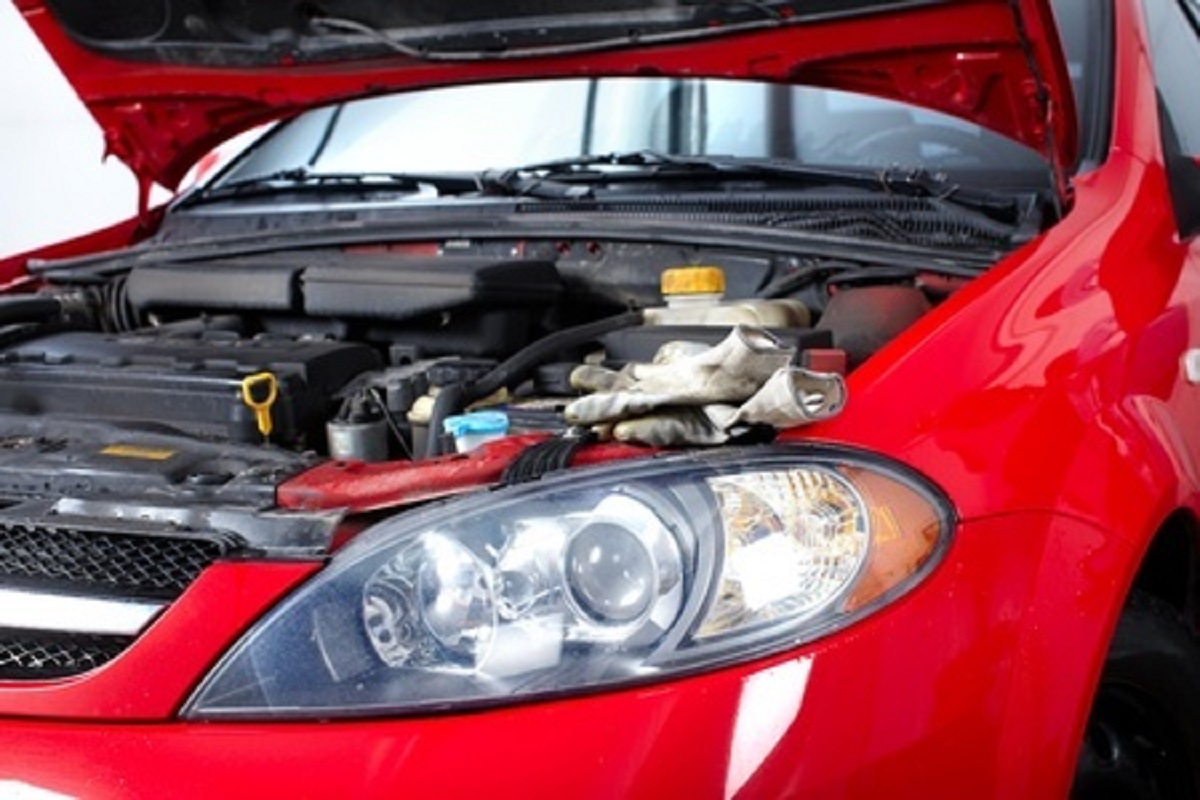Things Indicating a Bad Cooling System
With temperatures on the rise, understanding the indicators of a bad cooling system is important for maintaining your summer driving plans. Cooling system failures mean more than just not having air conditioning – they can also lead to serious vehicle breakdowns. If you have concerns about the health of your vehicle’s cooling system, here are some symptoms you should be on the lookout for.
Overheating
An engine’s cooling system’s primary duty is removing the heat generated by the combustion process. The coolant’s temperature can rise above 200 degrees, and the heat needs to be removed to help prevent the engine components from overheating, which can cause them to fail. The key aspects of a vehicle’s cooling system help remove this heat away from the transmission and engine and dispel it outside of the car. Should a vehicle frequently overheat, it could be an indication that the cooling system is not operating properly, which could ultimately lead to other components beginning to fail.
Leaking Fluids
Drivers see coolant leaks more often in the summer or warmer months than any other time of the year – this is because the vehicle’s cooling system has to work harder to keep the engine cool. A coolant leak is a direct indication to issues with the cooling system and can indicate that the system is not performing properly since it is losing coolant volume. One way to avoid issues with coolant leaking is inspecting the vehicle and maintenance on a regular basis, and drivers should check their vehicle’s user’s manual to determine how often the coolant should be flushed and antifreeze replaced.
Vehicle owners can do a visual inspection of belts, hoses, and the car’s radiator in order to identify any leaking issues before they escalate into more serious problems that could potentially lead to a breakdown. If leaking is visible or suspected, it is important to have the issue resolved right away to protect the engine from heat damage. Even if a leak is not visible, drivers who repeatedly need fill their coolant may be facing cooling system issues. Again, drivers should consult their vehicle’s specific coolant flush and antifreeze replacement schedule to help keep their car and cooling system running properly.
In addition to repeated overheating or leaking of fluids, some other symptoms of cooling system issues include temperature gauges rising near the “danger zone,” the distinct smell of a hot engine, and hissing sounds or steam coming from the vehicle hood.
Think you or someone you know is need of Behind the Wheel Training? Training Wheels is a Pomona driving school specializing in teaching new teen drivers how to stay safe on the road. For more information on our lessons, please click here.
Copyright: kurhan / 123RF Stock Photo

